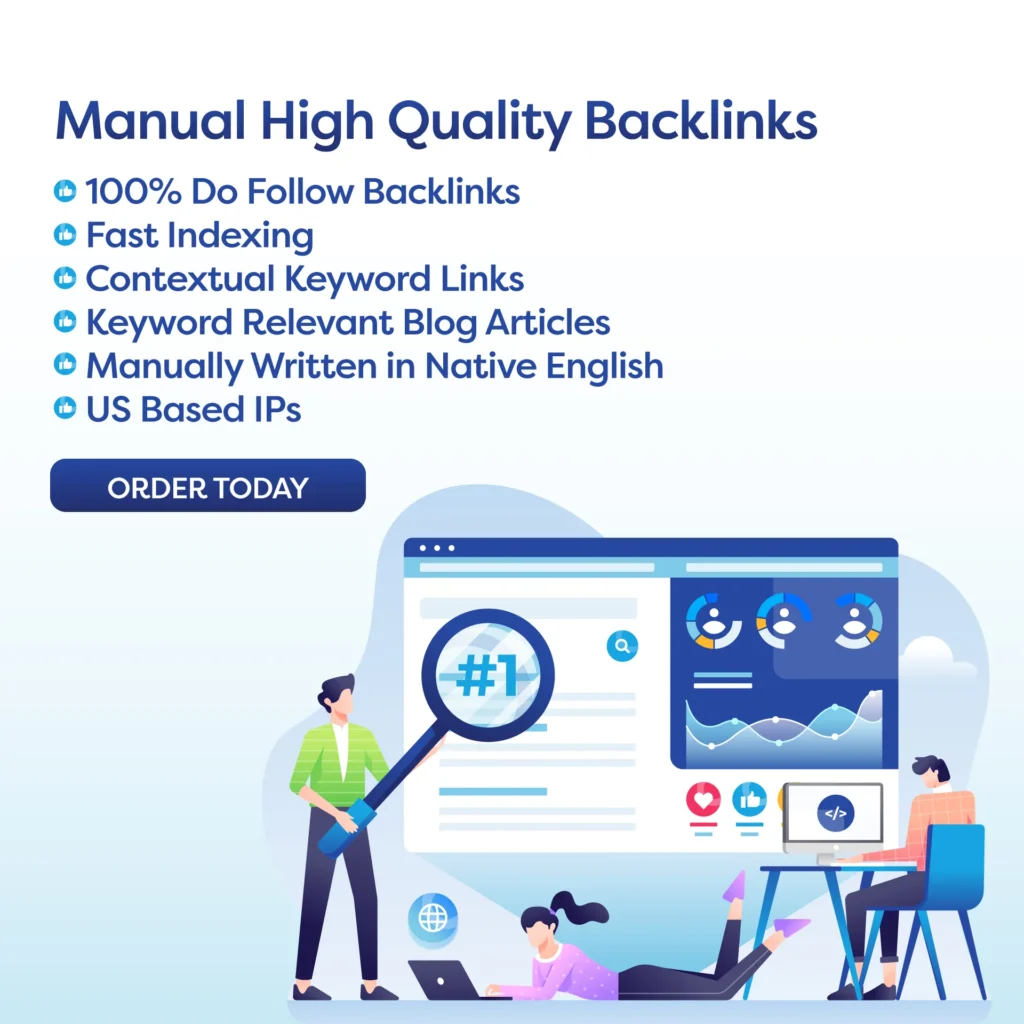Backlink Analysis for Small Businesses
Introduction
In the world of search engine optimization (SEO), backlinks play a crucial role in determining the ranking of a website. Backlinks, also known as inbound links, are links from other websites that direct users to your website. They are an important factor in Google’s algorithm and can significantly improve your website’s visibility and authority. Therefore, it is essential for small businesses to understand the importance of backlinks and how to analyze them to improve their SEO strategy.
The Importance of Backlinks
Backlinks act as a vote of confidence from other websites. When a reputable website links to your site, it signals to search engines that your website is trustworthy and provides valuable content. As a result, search engines will rank your website higher in search results, making it more visible to potential customers.
Moreover, backlinks also help to drive referral traffic to your website. If a user clicks on a backlink from another website, they are redirected to your site, increasing your website’s traffic. This not only improves your website’s visibility but also increases your chances of converting visitors into customers.
How to Analyze Backlinks
Now that we understand the importance of backlinks, it is crucial to know how to analyze them. By analyzing your backlinks, you can gain valuable insights into your website’s SEO performance and make informed decisions to improve it. Here are some steps to help you analyze your backlinks:
1. Identify your backlinks
The first step in backlink analysis is to identify all the websites that link to yours. You can use tools like Google Search Console, Ahrefs, or Moz to generate a list of your backlinks. These tools provide in-depth information about your backlinks, such as the number of backlinks, referring domains, and anchor text.
2. Check the quality of your backlinks
Not all backlinks are created equal. Some backlinks may have a higher value than others, depending on the authority and relevance of the linking website. It is essential to check the quality of your backlinks to ensure they are coming from reputable and relevant sources. You can use tools like Moz’s Domain Authority or Ahrefs’ Domain Rating to determine the quality of your backlinks.
3. Analyze your competitor’s backlinks
Competitor analysis is an essential aspect of any SEO strategy. By analyzing your competitors’ backlinks, you can identify potential opportunities to acquire backlinks for your website. You can use tools like Ahrefs’ Backlink Gap or Moz’s Link Explorer to compare your backlinks with your competitors’ and find potential gaps.
4. Disavow toxic backlinks
Not all backlinks are beneficial for your website. Some backlinks from spammy or low-quality websites can harm your website’s SEO. It is crucial to regularly check for toxic backlinks and disavow them using Google’s Disavow Tool. This will prevent these backlinks from negatively affecting your website’s ranking.
Conclusion
Backlink analysis is a vital aspect of SEO for small businesses. By understanding the importance of backlinks and how to analyze them, you can improve your website’s visibility, authority, and ultimately, drive more traffic and potential customers. Regularly monitoring and analyzing your backlinks will help you make informed decisions to enhance your SEO strategy and stay ahead of your competitors. So, don’t neglect backlink analysis and start incorporating it into your SEO efforts today.
